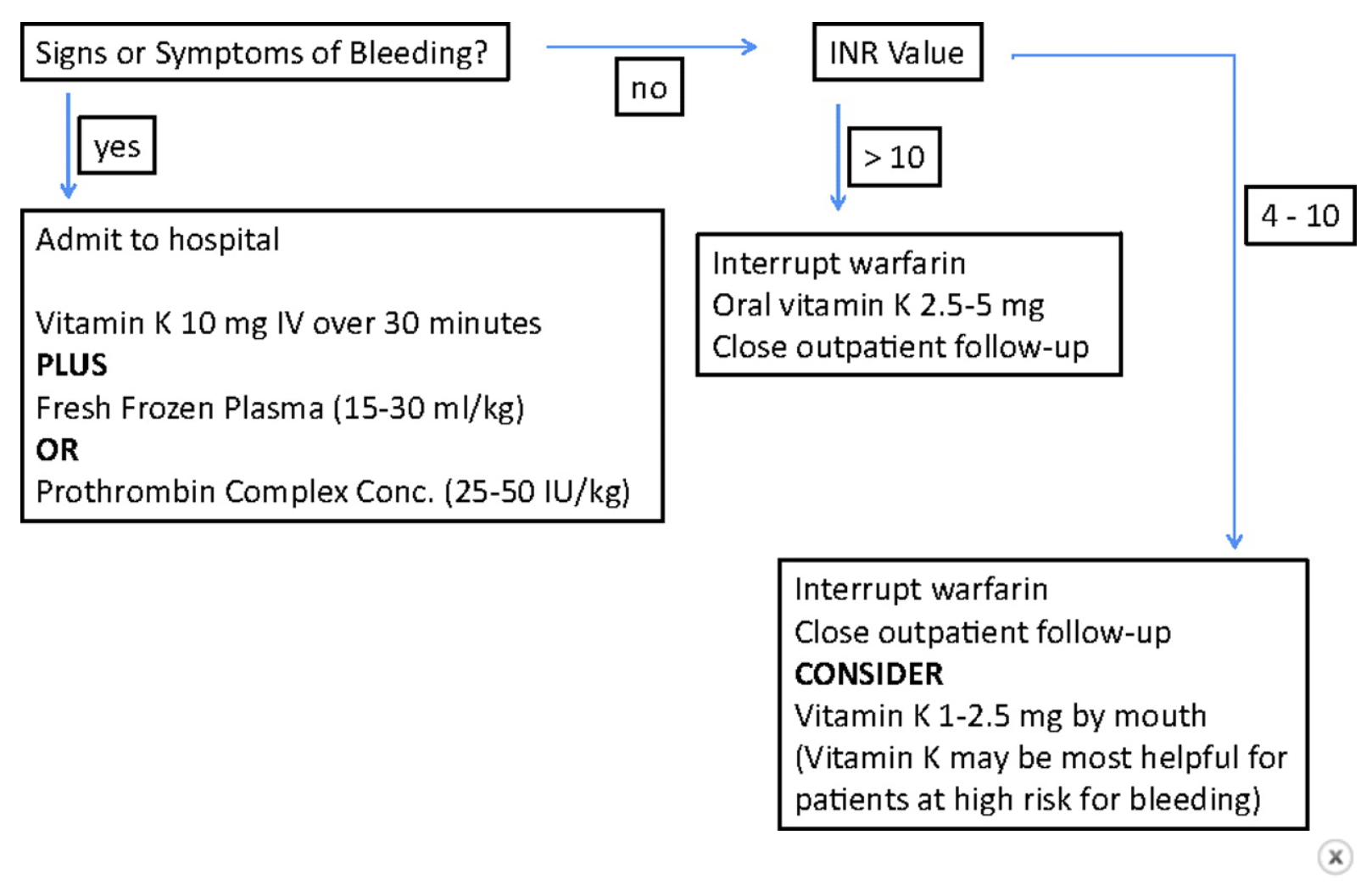Hi everyone, Our Thursday POTD inspiration comes from a case mentioned to us today by Dr. Kay Odashima. We're talking preeclampsia! This is a can't-miss diagnosis in our pregnant and postpartum patients, so let's review.
Interesting fact: "eclampsia" has its roots in the Ancient Greek eklámpō, meaning to “burst forth violently” 😱
Preeclampsia is seen in women >20 weeks gestation or up to 4 weeks postpartum, and is subdivided into mild or severe, based on the absence/presence of end-organ dysfunction:
Mild:
- BP >140/90
- 2+ on urine dipstick
- Well appearing, mild leg swelling, otherwise asymptomatic, normal bloodwork
Severe:

The diagnostic workup is similar to that done for hypertensive emergency: CBC, BMP, LFTs, coags (if the patient looks sick, to screen for DIC), uric acid, UA / urine dip looking for proteinuria.
Preeclampsia is associated with significant risk for morbidity and mortality, including:
- DIC
- Pulmonary edema
- Intracranial hemorrhage
- PRES (Posterior Reversible Encephalopathy Syndrome, dx on MRI brain)
- Placental abruption (in a preeclamptic with vaginal bleeding, assume abruption until proven otherwise!)
- HELLP syndrome
- Progression to eclamptic seizuresSafe antihypertensive drugs for treatment: Goal BP: <160/110. Maximize one agent before moving on to a second agent.

In addition, IV magnesium should be given to any preeclamptic with severe features: dosed at 4 grams IV load (over 5-10 minutes) followed by infusion at 1-2 gram/hr for 24 hr.
Disposition: ALWAYS consult with OB/GYN in any patient with preeclampsia. Even if these mild patients qualify for discharge home, they need extremely close OB follow-up. Patients with severe features need to be admitted to the OB floor and monitored until delivery (ideally at/after 34 weeks if possible). Remember, delivery is the definitive treatment for preeclampsia!
For me, the key takeaways are:
- "High-normal" BP is NOT NORMAL in this population: >140/90 is considered mild preeclampsia!
- Preeclampsia can manifest up to 4 weeks postpartum!
- In a healthy woman presenting with new seizure and no obvious cause, think eclampsia and give mag!
References: http://www.emdocs.net/preeclampsia-and-eclampsia-common-pitfalls-in-diagnosis-and-management/ http://www.acog.org/Resources-And-Publications/Task-Force-and-Work-Group-Reports/Hypertension-in-Pregnancy


